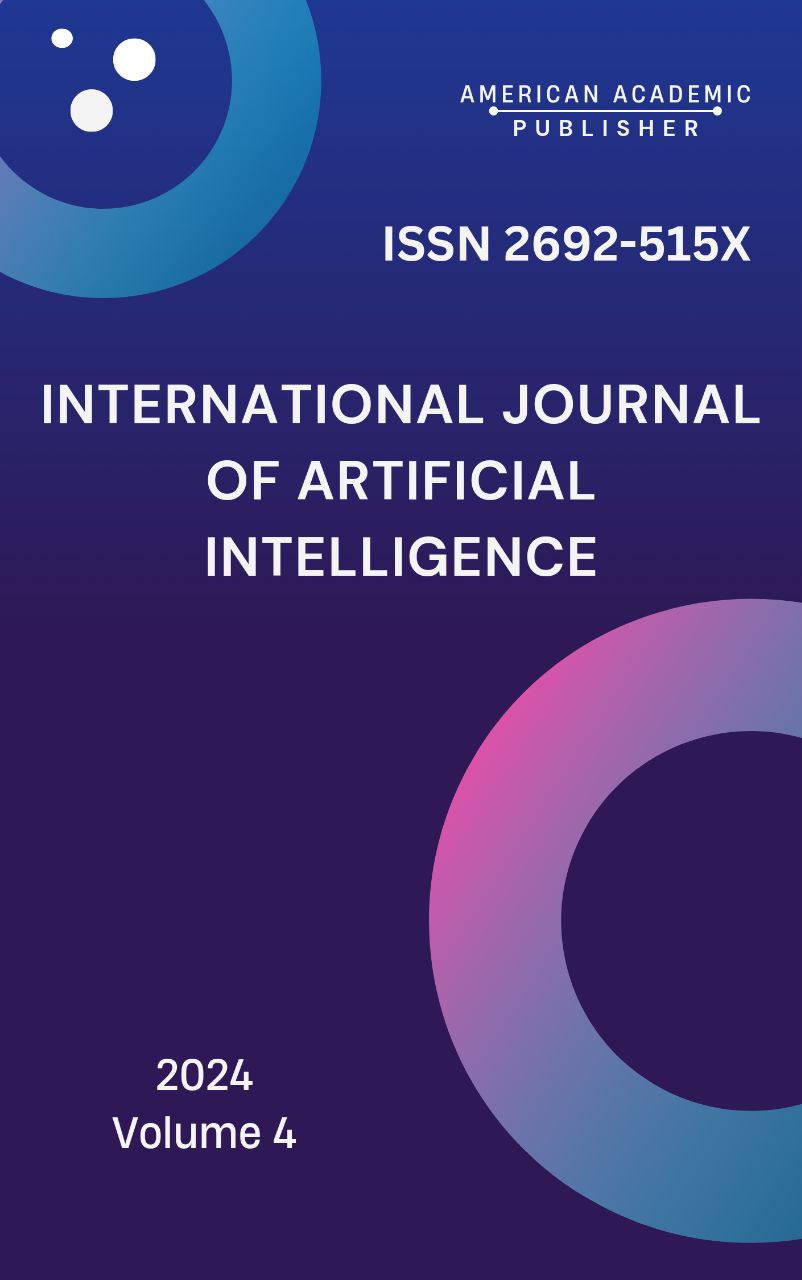 Articles
| Open Access |
Articles
| Open Access | TEXTBOOKS FOR TEACHING FOREIGN LANGUAGES IN UPPER GRADES: A PEDAGOGICAL DIAGNOSTIC APPROACH
Alisher Rustamov Abduhakimovich , A teacher at the Department of English Language Teaching Methodology in Samarkand State Institute of Foreign Languages.Abstract
This article investigates the contribution of textbooks for the teaching of foreign languages in upper-grade classrooms paying attention on their effectiveness through pedagogical diagnostics. It also considers the degree of compliance of the textbooks used with up-to-date pedagogy, the different needs of the pupils as well as the skills required for the learning of a foreign language. Examining prior literature and adding some field data, the paper points out through current practice what is effective in designing and what is not. Suggestions are also made on the construction of diagnostic instruments aimed at measuring and enhancing textbook productivity which is consistent with present day language teaching approaches and norms.
Keywords
Textbooks, foreign language teaching, upper grades, pedagogical diagnostics, curriculum, language proficiency, student engagement, instructional design, educational resources, classroom practices
References
Tomlinson, Brian, editor. Materials Development in Language Teaching. 2nd ed., Cambridge University Press, 2011. https://doi.org/10.1017/CBO9781139524740
Abduhakimovich, A. R. (2024). Guidelines and Resources For Teaching Foreign Languages in Upper-Level Courses Based on Real-World Experience. Journal of Intellectual Property and Human Rights, 3(2), 137–139. Retrieved from https://journals.academiczone.net/index.php/jiphr/article/view/2151
Rustamov, A.A., & Ubaydullayeva, S. (2024). The background, objectives and tasks of pedagogical diagnostics; their significance in foreign language instruction. Conference Proceedings: Fostering Your Research Spirit, 167-169.
https://doi.org/10.2024/8y0pfc95
Rustamov, A.A., & Raxmatullayev A. (2024). The use of pedagogical diagnostics in the development of students' written speech skills in a foreign language. Xalqaro ilmiy-amaliy konferensiya “Ko’p tillilik muhitida Xorijiy tillarni rivojlantirishning innovatsion va integrative muammolari” https://conference.uzswlu.uz/conf/article/view/145
https://doi.org/10.5281/zenodo.11465764
Warschauer, Mark, and Deborah Healey. "Computers and Language Learning: An Overview." Language Teaching, vol. 31, no. 2, 1998, pp. 57-71. https://doi.org/10.1017/S0261444800012970
Beckett, Gulbahar H., and Tammy Slater. "The Project-Based Second and Foreign Language Classroom: Past, Present, and Future." The Project-Based Second and Foreign Language Classroom: Past, Present, and Future, edited by Gulbahar H. Beckett and Paul Chamness Miller, Information Age Publishing, 2006, pp. 1-18.
Azizkhojaev, A. Fundamentals of Uzbek Grammar in Education. 2010.
Khamidova, S. Cultural Contexts in Language Teaching. 2017.
Khudoyberganova, G. Lexical Challenges in Teaching Uzbek as a Foreign Language. 2018.
Littlejohn, Andrew. "The Analysis of Language Teaching Materials: Inside the Trojan Horse." Materials Development in Language Teaching, edited by Brian Tomlinson, 2nd ed., Cambridge University Press, 2011, pp. 179-211.
Ellis, Rod. Task-Based Language Learning and Teaching. Oxford University Press, 2003.
Cunningsworth, Alan. Choosing Your Coursebook. Heinemann, 1995.
Richards, Jack C. Curriculum Development in Language Teaching. 2nd ed., Cambridge University Press, 2017.
Article Statistics
Downloads
Copyright License

This work is licensed under a Creative Commons Attribution 4.0 International License.

